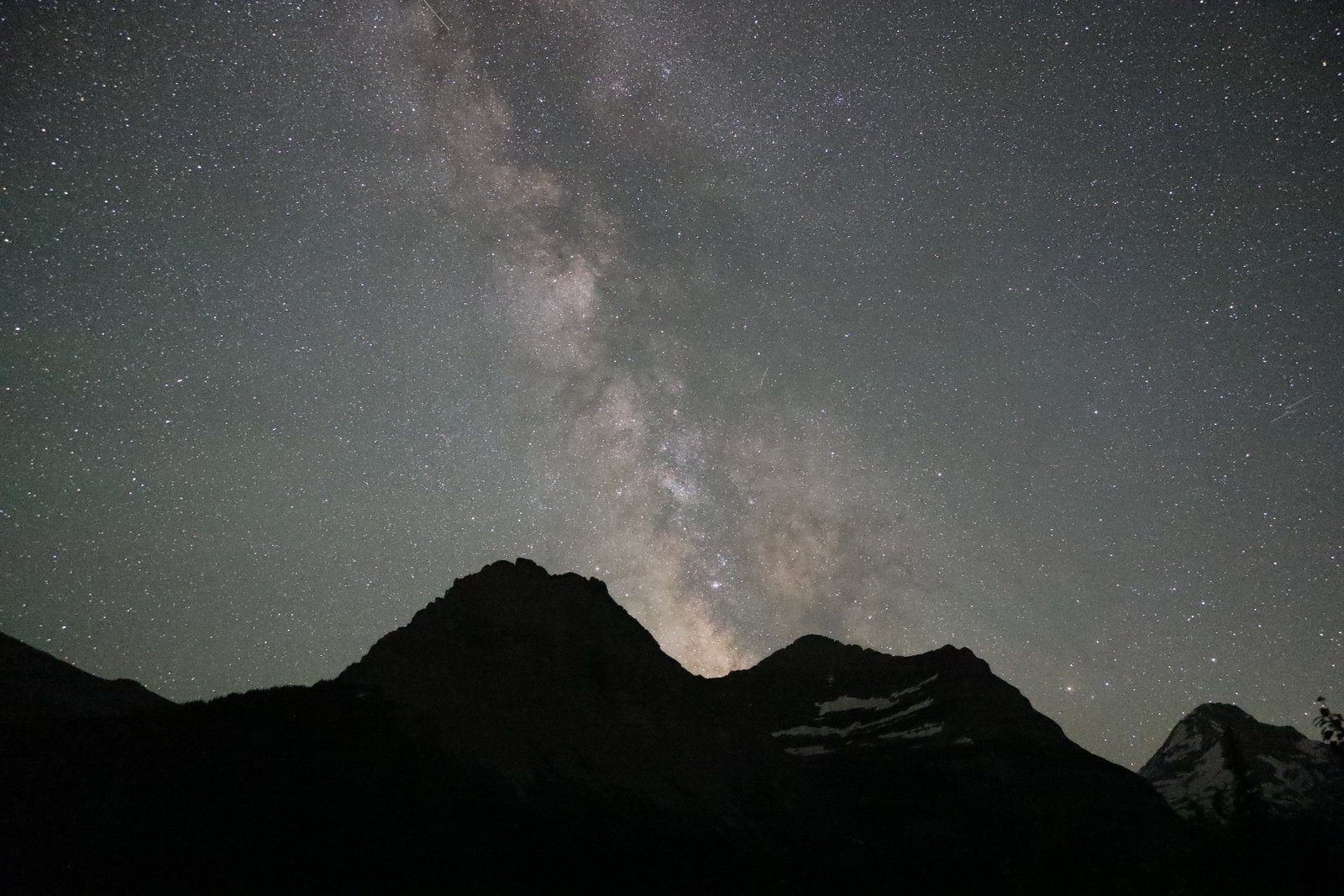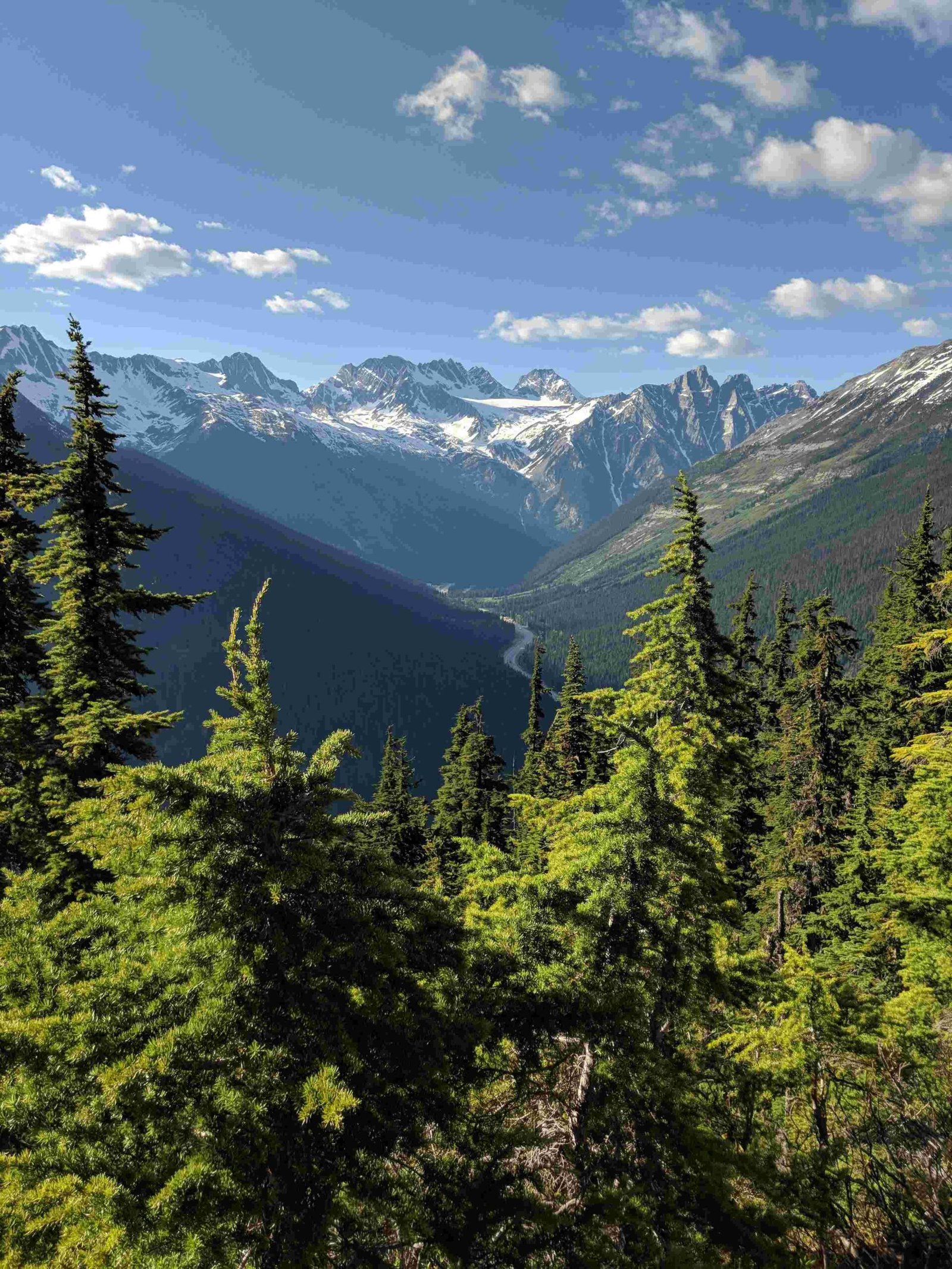Glacier National Park, once home to over 150 glaciers, now faces a critical environmental crisis. The park’s iconic ice formations have been rapidly disappearing due to climate change. Since the late 19th century, the number of glaciers has plummeted to just 26 as of 2015-2016. This dramatic reduction represents a loss of over 80% of the park’s glaciers. The remaining ice continues to shrink at an alarming rate, with some glaciers losing up to 85% of their mass. This unprecedented melt threatens not only the park’s breathtaking landscapes but also its delicate ecosystems and the communities that depend on its water resources.
How Many Glaciers Have Disappeared from Glacier National Park?

The disappearance of glaciers in Glacier National Park is a stark reality that has been unfolding over the past century. Here’s a breakdown of the glacier loss:
- Late 19th century: Approximately 150 glaciers
- 1966: 83 glaciers remaining
- 2015-2016: Only 26 glaciers left
This represents a staggering loss of over 80% of the park’s original glaciers. The rate of disappearance has accelerated in recent decades, with the park losing nearly 70% of its glaciers in just 50 years.
What Are the Main Causes of Glacier Melt in the Park?

The primary driver behind the melting of Glacier National Park’s ice is climate change. Several factors contribute to this phenomenon:
-
Temperature Increase: Since 1895, the region has experienced a 1.5°F (0.83°C) rise in average temperatures. This warming trend is directly linked to the accumulation of greenhouse gases in the atmosphere.
-
Reduced Snowpack: Warmer temperatures lead to less snow accumulation and faster snowmelt. This imbalance causes the snowline to retreat higher up on the glaciers, exposing more ice to direct sunlight and accelerating melting.
-
Longer Melt Seasons: As temperatures rise, the melt season extends, giving glaciers less time to recover during cooler months.
-
Feedback Loops: As glaciers shrink, they expose darker surfaces that absorb more heat, further accelerating the melting process.
How Much Ice Has Been Lost in Glacier National Park?
The ice loss in Glacier National Park has been substantial and well-documented:
| Time Period | Area Reduction |
|---|---|
| 1850-1979 | 21.6 km² to 7.4 km² (Blackfoot-Jackson Glacier Basin) |
| 1966-2015 | 39% average reduction across all glaciers |
Some specific examples of ice loss include:
- Grinnell Glacier: Loses about 2-3 acres per year, sometimes up to 10 acres
- 39 glaciers have shrunk by as much as 85% since the mid-20th century
What Are the Projected Future Trends for Glacier National Park’s Ice?
The outlook for Glacier National Park’s remaining ice is grim:
- By 2030, most of the park’s glaciers are expected to be significantly reduced or completely gone.
- Small, sheltered glaciers might persist for an additional 10-15 years beyond 2030.
- The park’s landscape will undergo dramatic changes as glaciers disappear and new lakes form in their place.
These projections are based on current climate trends and models. However, the exact timeline may vary depending on future climate mitigation efforts and natural climate variability.
How Does Glacier Melt Affect the Park’s Ecosystem?
The melting of glaciers in Glacier National Park has far-reaching consequences for its ecosystem:
- Water Resources: Glacial meltwater is crucial for maintaining stream flows during dry seasons. As glaciers disappear, this water source becomes less reliable, affecting:
- Alpine stream ecosystems
- Downstream agricultural irrigation
-
Hydroelectric power generation
-
Wildlife Habitats: Many species depend on the cool, glacier-fed streams and alpine environments. The loss of these habitats can lead to:
- Shifts in species distribution
- Potential local extinctions
-
Changes in predator-prey relationships
-
Plant Communities: As glaciers retreat, new areas become exposed, leading to:
- Colonization by pioneer plant species
- Shifts in vegetation zones
-
Potential loss of rare alpine plant species
-
Soil Stability: Glaciers help stabilize mountain slopes. Their disappearance can result in:
- Increased erosion
- More frequent landslides
- Changes in sediment transport to downstream areas
What Are the Implications for Tourism and Park Management?
The melting of Glacier National Park’s ice formations has significant implications for tourism and park management:
- Changing Visitor Experiences:
- Iconic glacier views are disappearing
- New lakes are forming where glaciers once stood
-
Hiking trails and viewpoints may need to be relocated
-
Education and Interpretation:
- Park rangers must update educational programs to reflect the changing landscape
-
New opportunities arise to educate visitors about climate change impacts
-
Park Infrastructure:
- Roads and buildings may be at risk from increased erosion and landslides
-
Water management systems may need to be adapted to changing hydrological patterns
-
Tourism Economy:
- The park may see shifts in visitation patterns as its main attractions change
- Local communities dependent on glacier-related tourism may need to diversify their economies
How Can Visitors Help Preserve Glacier National Park?
While the melting of Glacier National Park’s ice is a global issue, visitors can still play a role in preserving the park:
- Reduce Carbon Footprint:
- Use public transportation or carpool when visiting the park
- Choose eco-friendly accommodations
-
Minimize energy use during your stay
-
Practice Leave No Trace Principles:
- Stay on designated trails to protect fragile alpine environments
- Properly dispose of waste
-
Respect wildlife and maintain safe distances
-
Educate Yourself and Others:
- Attend ranger-led programs to learn about the park’s changing ecology
- Share your knowledge with friends and family
-
Support climate education initiatives
-
Support Conservation Efforts:
- Donate to park conservation funds
- Volunteer for park restoration projects
- Advocate for climate change mitigation policies
By taking these steps, visitors can help minimize their impact on the park and contribute to broader conservation efforts.
The melting of Glacier National Park’s ice is a sobering reminder of the rapid environmental changes occurring due to global warming. As we witness the transformation of this iconic landscape, it becomes increasingly clear that urgent action is needed to address climate change and preserve our natural heritage for future generations.
References:
1. Climate Central: Glacier National Park Is Losing Its Glaciers
2. NASA Earth Observatory: World of Change: Ice Loss in Glacier National Park
3. Climate.gov: 2014 State of the Climate: Mountain Glaciers